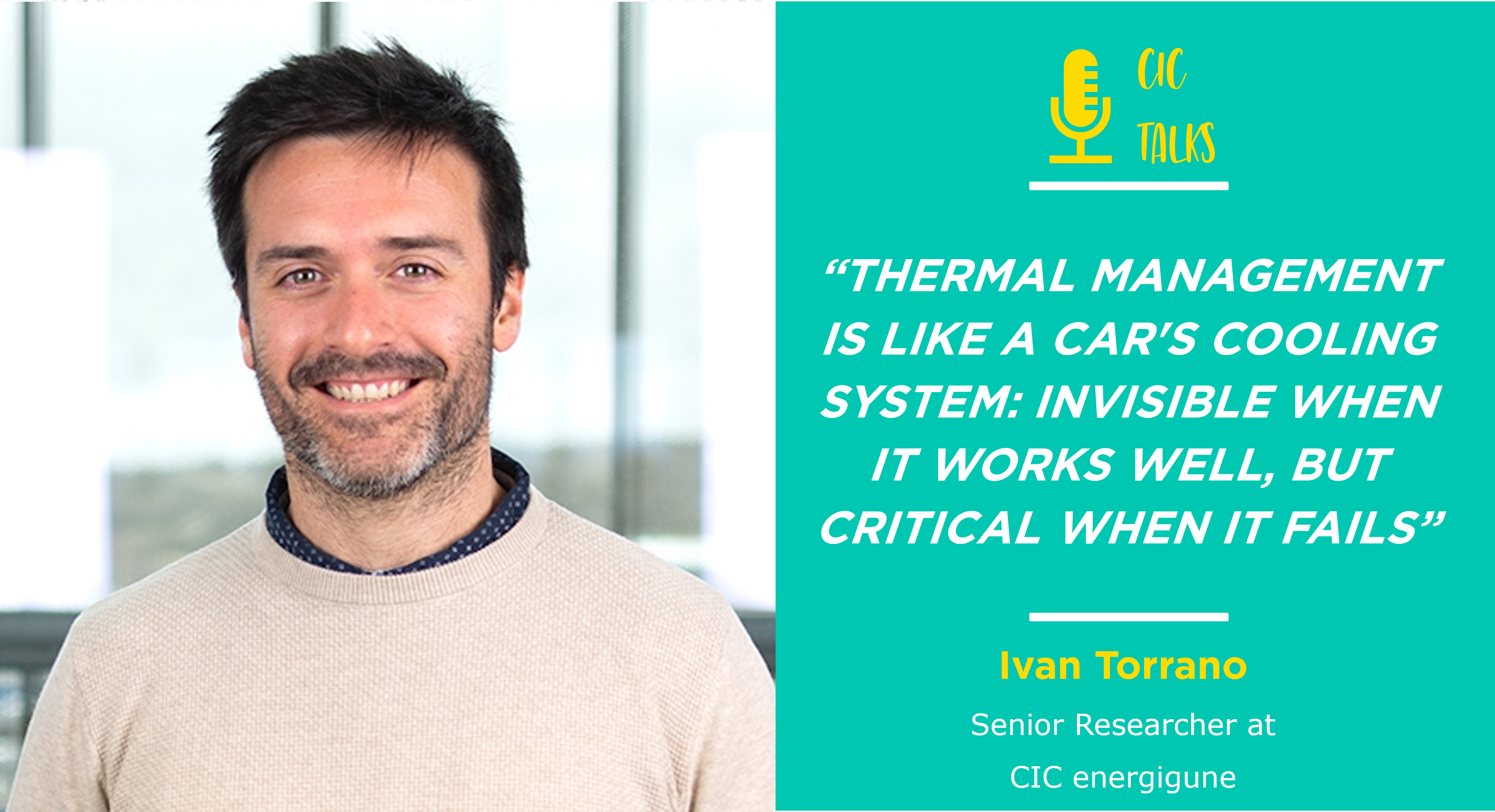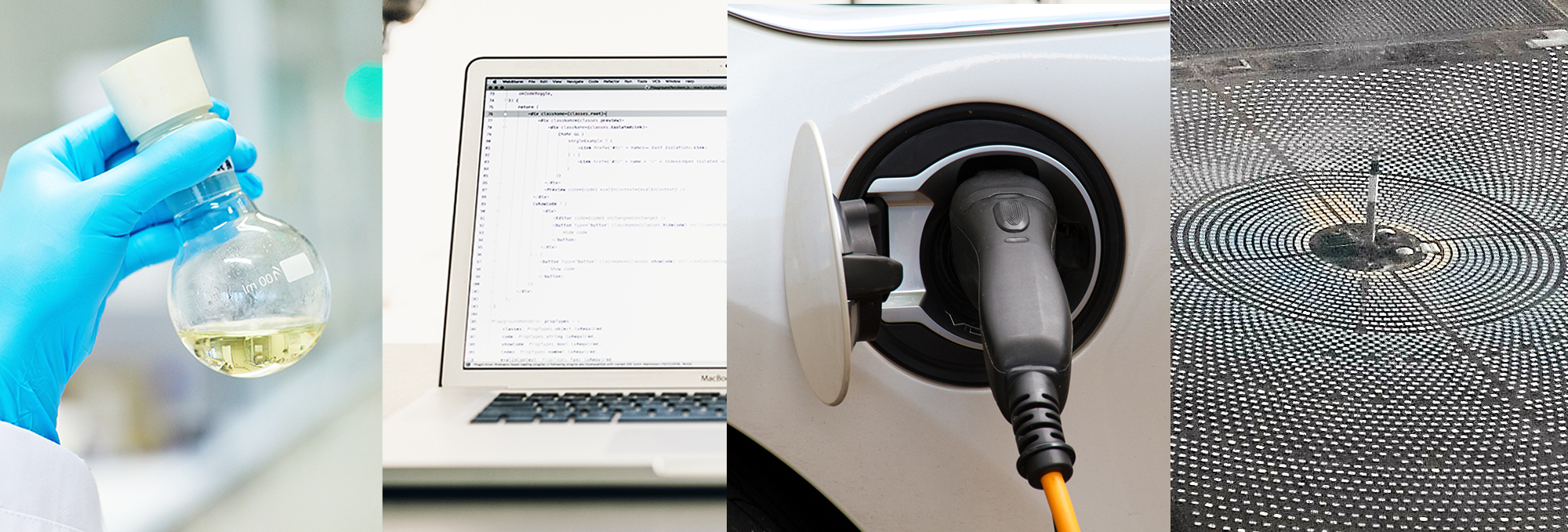

1. Why is thermal management crucial in electric vehicle batteries?
Thermal management is one of the fundamental pillars for ensuring the performance, safety, and durability of batteries, especially in applications such as automotive. Electrochemical cells operate within an optimal temperature range, and deviating from it — whether too high or too low — can lead to rapid degradation or even safety risks.
Without proper thermal management, a battery can overheat during fast charging or high power demand, or become too cold in low-temperature environments — both of which impact range and energy efficiency. In a way, it’s like an engine’s cooling system: invisible when it works well, but critical when it fails.
2. How does temperature affect battery performance and safety?
Temperature influences nearly every aspect of battery operation. If it’s too cold, electrochemical processes slow down, internal resistance increases, and available capacity is reduced. If it gets too hot, unwanted reactions can occur, such as electrolyte loss, dendrite growth, and even the risk of thermal runaway or fire.
That’s why, beyond performance, temperature management is a critical safety issue. Especially in electric vehicles — where batteries are subjected to intense cycles and varying demands — maintaining a uniform and stable temperature across all cells is essential to avoid localized failures and extend the system’s overall lifespan.
3. What future challenges does thermal management face in the context of electric mobility?
One major challenge is designing thermal management solutions that are more compact, more energy-efficient, and more adaptive. As electric vehicles increase in energy density and performance, cooling systems must evolve alongside them without compromising space or weight.
Moreover, electrification isn’t limited to temperate climates. Batteries need to work just as well in Scandinavia as they do in southern Spain, with strategies that can respond to extreme conditions without compromising system integrity. That’s why current research is not only focused on dissipating heat, but also on reusing or actively managing it — by integrating new materials, insulation techniques, and intelligent thermal control strategies.
4. What role do surrogate models play in improving thermal management systems?
Surrogate models or reduced-order models (ROMs), especially those generated using machine learning techniques, are revolutionizing the thermal design and optimization of battery systems. Compared to traditional simulations — which are often computationally expensive and slow to run — ROMs can predict thermal and electrical behavior with high accuracy and much faster runtimes.
These models are trained using simulation and/or experimental datasets, and can capture complex nonlinear relationships between electrical and thermal variables. This allows for rapid prediction of how a given charging profile will affect cell heating, identification of critical zones, or assessment of cooling system effectiveness under various scenarios. The result is more agile and precise design iteration, enabling informed decision-making in early development stages.
5. What advances has CIC energiGUNE achieved in thermal battery design using surrogate models?
At CIC energiGUNE, we are developing electro-thermal ROMs that replicate cell behavior under realistic operating conditions, with computation speeds hundreds of times faster than full models. These models have been trained on datasets from both high-fidelity 3D simulations and controlled experimental campaigns.
Thanks to this approach, it´s possible to evaluate the thermal performance of different designs or control strategies in just seconds — supporting decision-making during conceptual design or virtual validation phases. Their low computational cost also makes them ideal for integration into optimization platforms, predictive control algorithms, or real-time simulation environments for hardware-in-the-loop (HiL) systems. In short, we are bringing advanced simulation in line with the pace of industrial development.
6. How can CIC energiGUNE collaborate with industry to improve battery thermal management?
Our thermal simulation and validation capabilities allow us to offer solutions tailored to the real needs of battery, vehicle, or storage system manufacturers. We can collaborate from the conceptual phase — helping design thermally efficient packs — to optimizing existing systems through advanced simulations and lab testing.
We also work on heat recovery strategies and performance analysis under extreme conditions, allowing us to anticipate issues that often go unnoticed until later stages. Our goal is to deliver robust, validated solutions aligned with the challenges currently facing the energy and mobility sectors.

If you want to know the latest trends in energy storage and new developments in research, subscribe.

If you want to join a top-level team, collaborate with specialists in multiple disciplines or tell us about your concerns, don't think twice...